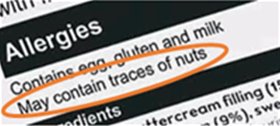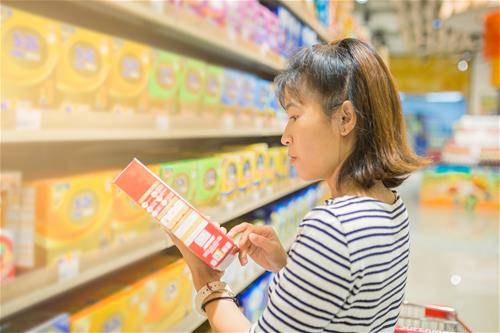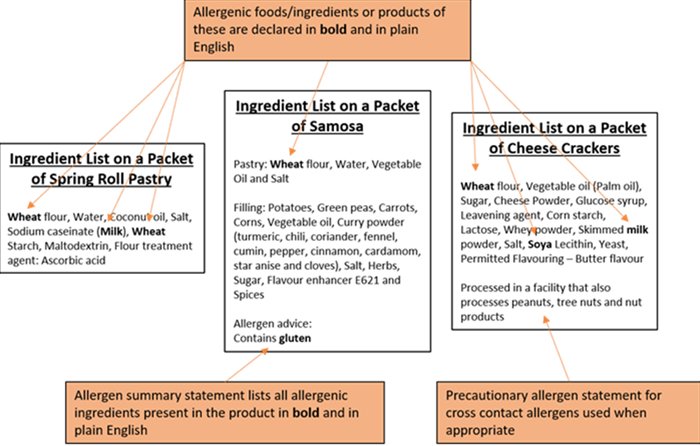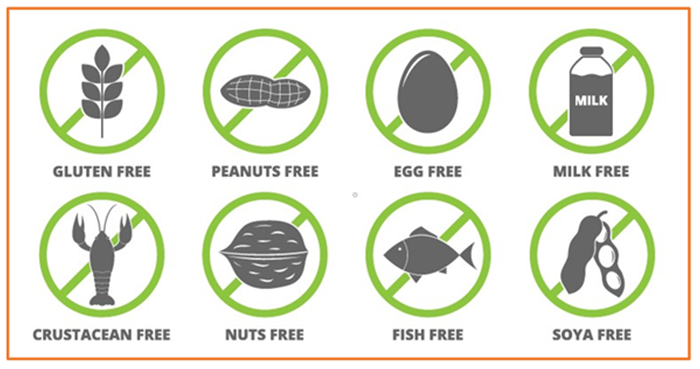The Use of Precautionary Allergen Labelling
There will be occasions during the food manufacturing process where it is not possible to avoid the unintended presence of allergens

To address this, precautionary allergen labelling (PAL) was introduced to communicate the risk of unintended presence of allergens in foods to consumers. PAL is often seen on products as the following statements - “May contain [name of allergens]” or “Produced in a facility that processes products that may contain [name of allergens]
However, the use of PAL should be:
- Accompanied by a thorough risk assessment for any actual cross-contamination along the production chain, which poses potential risk to allergenic consumers.
- Used only as necessary, as this would limit food choices for allergenic consumers.
Internationally, there is no formal legal definition or framework for the use of PAL. However, food business operators are reminded that all claims made on prepacked food must be truthful and can be substantiated. Food businesses whose products carry PAL are required to provide justification if consumers raise any concerns on potential food allergens in the products. Consumers are advised to approach the food business operator directly should they need any clarification on the potential presence of these ingredients.
VITAL Programme
In 2007, the Allergen Bureau in Australia and New Zealand initiated the VITAL (Voluntary Incidental Trace Allergen Labelling) Programme, which provides standardised allergen risk assessment processes for the food industry to determine when the use of PAL is appropriate.
The VITAL Programme not only assists food producers in assessing the potential impact of allergen cross contact in each of their products but also specifies which particular precautionary allergen statement to be used according to the level of cross contact identified. To date, the VITAL Programme is the most widely adopted precautionary allergen labelling guidelines by food industries globally. Food manufacturers who are interested to find out more about the programme can visit the Allergen Bureau.
What can consumers do to protect themselves?

For individuals with food allergies, the best way to prevent a food allergy is to avoid consuming the food products containing the allergen as an ingredient. Consumers can also follow these tips below:
- Consumers with food allergies should always check food labels to ensure that the product does not contain the implicated food allergen as an ingredient.
- Look out for advisory statements such as “may contain [allergen]” or “produced in a facility that also processes [allergen]”. These are used to address cross-contact issues which may occur when multiple foods are produced in the same facility using shared equipment or on the same production line, as the result of ineffective cleaning, or from the generation of dust or aerosols containing an allergen. Some examples of labelling that allergenic consumers can look out for are shown below.
- Seek immediate medical attention if you experience symptoms of a severe allergic reaction after consuming food.

